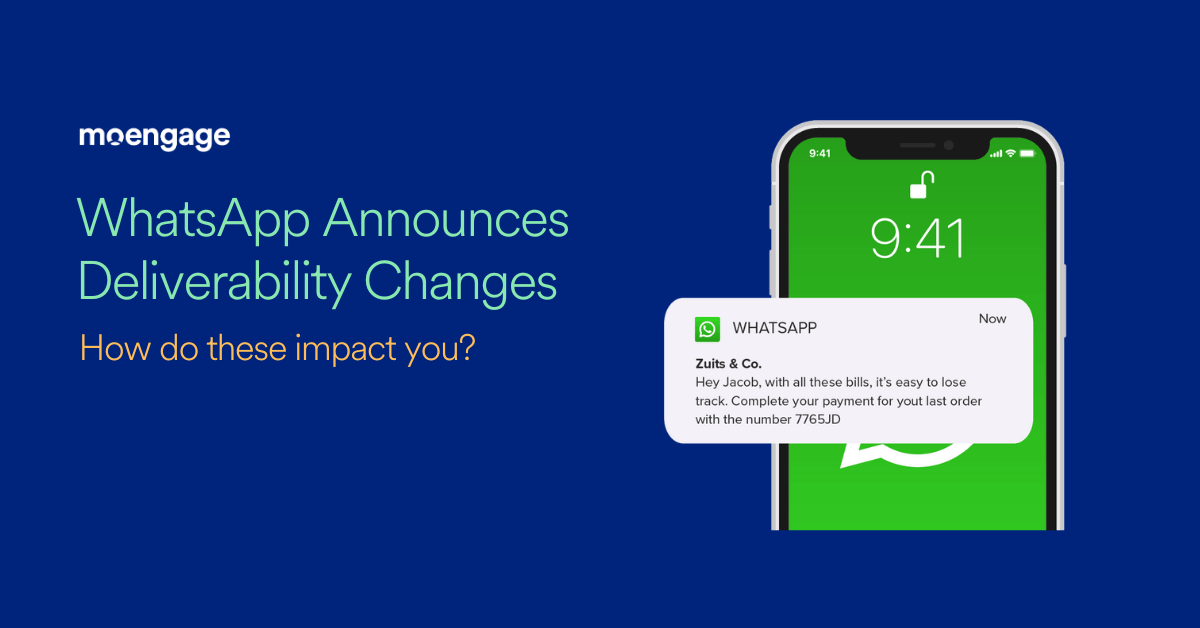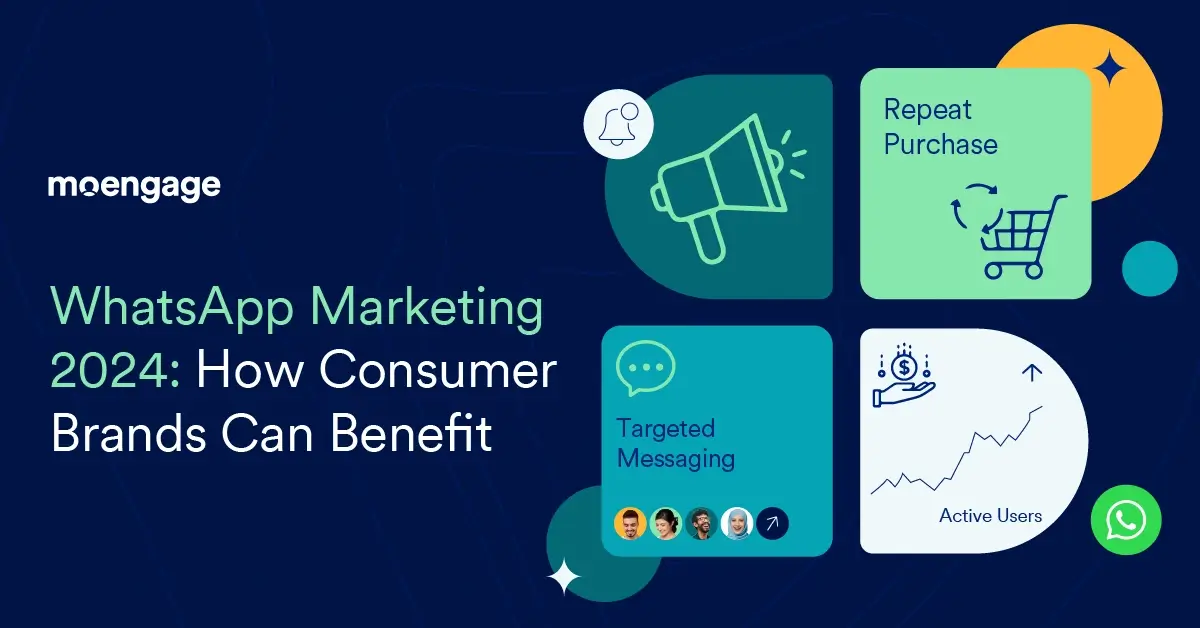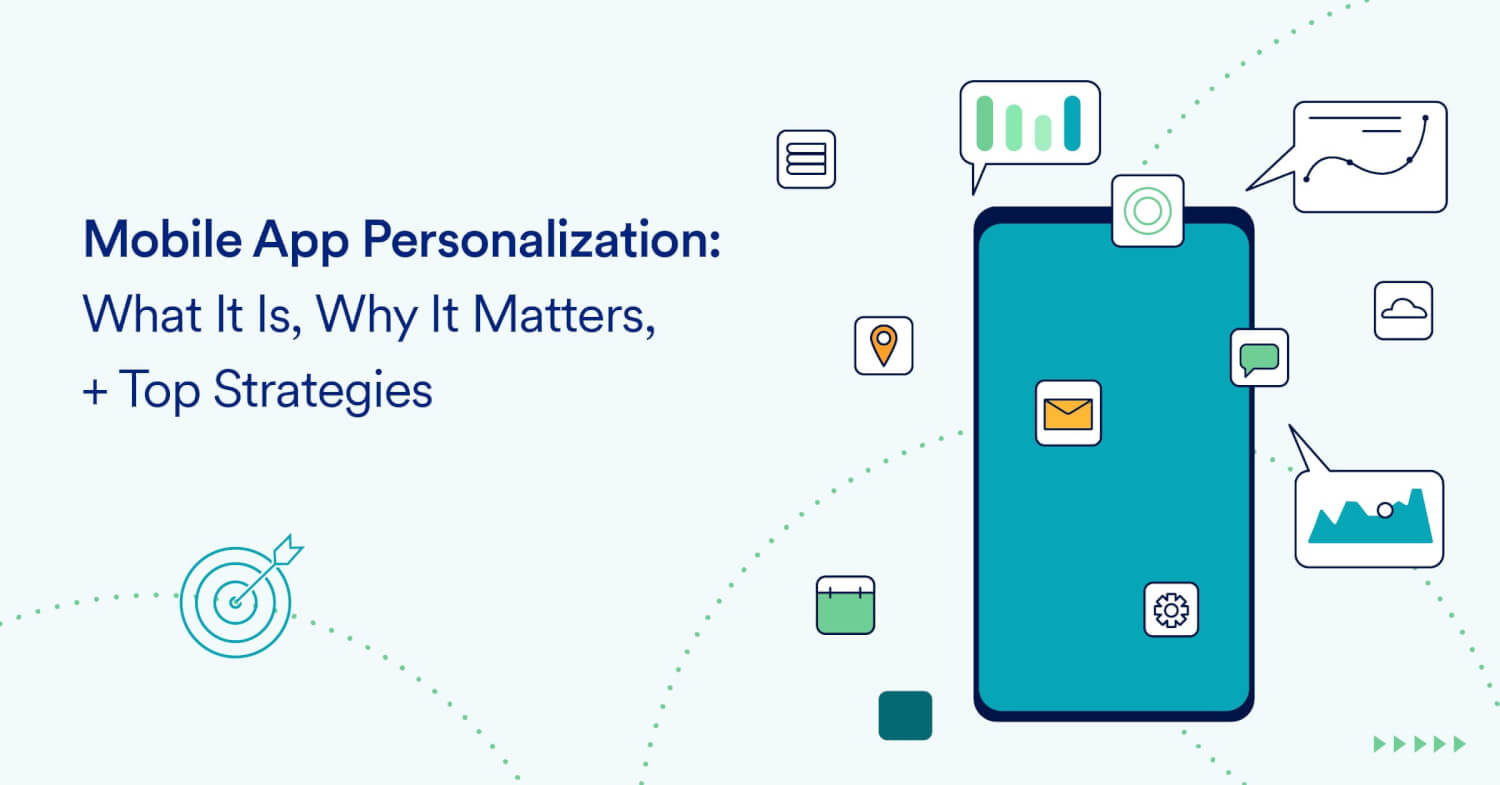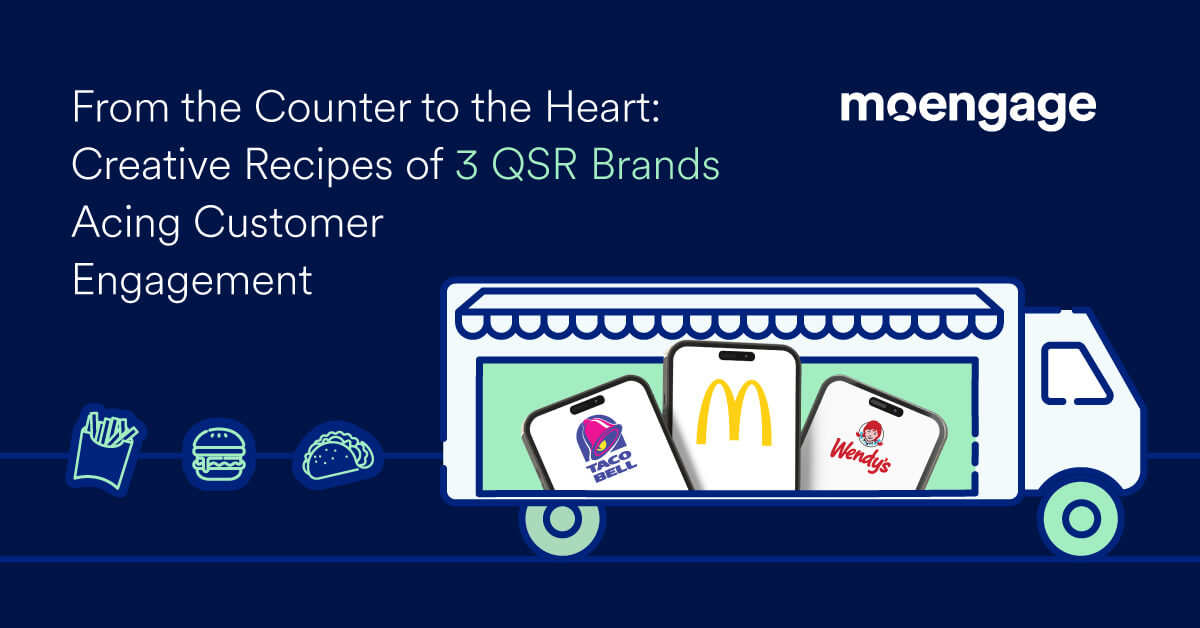How to Boost App Monetization and Engagement with Mobile Marketing Automation

Reading Time: 5 minutes
Tablets and smartphones together account for 60% of internet use, app use for 86% of that. And 1.6 million apps are available in the Android app store. Yet just 51% of marketers measure user engagement and ROI from mobile! Building and deploying mobile apps is a costly affair. Hence, driving app monetization and app engagement is imperative for app makers to increase their bottom lines.
It’s crazy not to market to mobile app users. It’s crazy to stop the process at a download when only 5% of app users are monetized. And it’s crazy not to automate the process.
Multiple automated marketing campaigns, built around accurate segmentation with predictive capability, event triggers, and contextually relevant offers should translate into both higher engagement with the app, and greater app monetization.
Bonus Content
|
How do you build a winning automated omnichannel marketing process that can drive your app monetization? How to boost app engagement with mobile marketing automation? Listed below are 5 ways:
1. Advanced Segmentation
Mobile automation means deep segmentation. But we know that mobile isn’t really segmented enough – tablet and smartphone users behave very differently, even when they’re the same customer on different devices. Phone users dip in and out more, while tablet users are more engaged, spend more time on the site, and view more content. So ‘mobile’ doesn’t really cut it. So, how do you track your app monetization across ‘mobile’?
a) Device specific
Fortunately, there are tools out there, that offer the option to analyze tablet-only traffic as a segment already. So when you have eliminated tablets, whatever remains, however improbable, must be smartphones.
b) Customer-specific
Segmenting on the basis of device traffic has an obvious pitfall: you might wind up segmenting the same customer into multiple segments if they behave differently on different devices. In fact, it’s virtually certain that you will.
The way to get around that is to work off a database of customer information. Then any event can be assigned to that customer along with other data points for cross-referencing. But fewer than three in 10 marketers are using cross-channel tracking. And just 4% are really pulling off true cross-channel marketing. Again, crazy! We need a greater emphasis on tracking customers across devices. Look for systems to track customers, not devices, across channels so you can see your customer journey clearly – and market to segments of customers, not behaviors or devices.
c) In-app segmentation
Finally, smart segmentation means knowing what’s happening in the app environments where 26% of mobile users start their journey. It also means tracking user behavior inside your app and matching it to behavior in search and the wider web. MoEngage offers the opportunity to know not just what’s happening in your app, but who’s doing it, tying in-app behavior into the rest of the customer journey.
At every stage, segmented cohorts should be approached with automated, personalized contacts. Whether that’s messages or offers in-app, push notifications, or even emails and SMS, personalized messages can result in up to 50% higher engagement, leading to higher sales.
2. Build Custom Campaigns
Once segmentation has established cohorts, custom campaigns can be created that are targeted based on what’s known about that cohort’s typical behavior as well as individual consumers’ past actions. For instance, a cohort where people show a tendency to make small, infrequent in-app purchases should be offered discounts and encouragement to remain engaged. Some of these will one day step up and become bigger, more valuable customers; the majority will not. Some users will never make in-app purchases. Minimal marketing contact with these customers will ensure that you’re not wasting your marketing dollars and your customers aren’t receiving constant offers of something they don’t want.
Other cohorts include those whose previous behavior matches your higher-value customers. These users should be offered opportunities to upgrade to your app’s premium features, with strongly presented value propositions that they’re statistically likely to be interested in.
3. Get Contextually Relevant
Segmentation and tracking together allow you to both predict customer behavior and wants and follow user journeys in real-time. By establishing in-app trigger events and using them to send marketing that’s appropriate to the context, you can significantly increase conversions in turn driving app monetization.
For example, if your app’s a game, offering a free extra life in return for viewing a 15 -second marketing message might work; mobile users love video and it does drive up conversions. But how much more effective is that going to be if your offer is triggered when the player just died in-game and lost their last life? Now they’ll experience that same message as a clear benefit – because it’s contextually relevant.
If your app’s oriented toward apparel shopping, the same rule applies: stalwarts of e-commerce like free shipping can be offered in contextually relevant ways to catch customers right at the moment that they’re most receptive. As Daniel Rosen, Global Director of Advertizing at Telefonica, says, ‘the age of context,’ characterized by ‘a data-driven value exchange… is dawning now.’
4. The Right Channel
So far we’ve been talking about in-app notifications. But that’s not the only way to reach out to mobile users and offer them the next step in their relationship with your brand. Push notifications are a great way to reach out to app users too, driving app launches increases that can be as high as 88%. But the ask needs to be carefully positioned: many brands make the mistake of asking for push opt-in immediately on sign-up, but at that point, you’re asking for something for nothing. Unconvinced opt-ins will drop out quickly, adding to the high opt-out rate for push notifications. Demonstrate value first, then ask for opt-in, and you’ll see more opt-ins, fewer opt-outs, a 50% boost in six-month app user retention, and more conversions.
Of course, you also need to make sure that your push notifications actually deliver value every time. And you don’t want to trespass on users’ patience. For best results, offer an easy control area where users who have opted in to push can control how and when they receive notifications – most people won’t want them at 2 AM, for instance, but their time zone might not be yours.
5. Track, Measure and Optimize
Once you have automated, segmented, triggered in-app, and push campaigns up and running, there’s one thing left to do: continually test, measure, and optimize them. Using the dynamic data sets you used to construct them in the first place, check the effect individual campaigns have on overall app monetization. Just like mainstream marketers are moving away from tracking activity and calling it productivity, more downloads, more app opens or more engagement might be cool metrics, but you can’t spend them. What’s happening to the bottom line? If you can correlate income jumps with specific campaigns, the race is on to transfer those lessons to other campaigns.
Conclusion
Engagement doesn’t have to stop at a ‘haven’t seen you in awhile’ email. And app monetization shouldn’t mean scattergun in-app ads and the occasional blast. Coherent, customer-oriented marketing should drive engagement up and increase monetization as the most committed and interested users are targeted for valuable upgrades. The rules of personalization and testing that underlie effective email marketing hold true here too.
Want to know how brands like Bigbasket, Travelz, and Oyo Rooms use MoEngage Push Amplification to improve their push notification delivery rates? Learn more about push amplification here.







